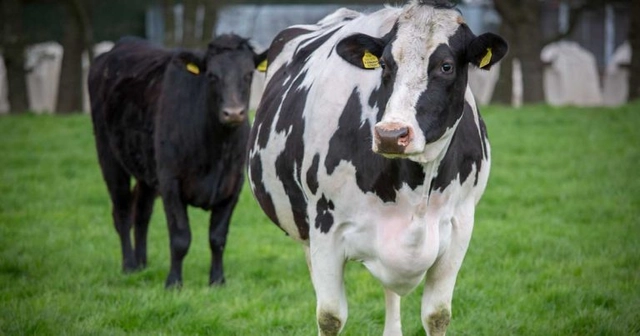
Flatter-shaped saddles may better fit horses spending most of their ridden time moving according to new research.
A study by the RVC and the University of Southampton observed significant changes in the shape of horse backs when stationary and during motion.
Saddles tend to be fitted to the curve of a horse’s back when still, which has a curve.
But researchers noted horse backs during movement become much flatter, so the more commonly used saddles may not be optimum for horses – and may cause back pain.
Improvements in saddles
It is hoped the study’s results can help improve saddle design, improving horse health, performance and riding longevity.
The team at the RVC and Southampton used cameras to measure the saddle region of five horses’ backs while standing, walking and trotting, and recorded the differences in curvature.
Their observations were then verified by reconstructing laser-scanned life-sized model horses, with the study finding the saddle region was relatively stable during movement with only changes of a few millimetres – suggesting deformable padding was effective.
Findings also highlighted the importance of withers clearance in line with existing saddle-fitting guidelines, with the work hopefully now leading to additional research on the impact rider weight has on back shape changes.
Understanding movements
Jorn Cheney, lecturer in natural sciences at the University of Southampton and lead researcher of the study, said: “I am reassured that a lot of key principles of saddlery held true. At least during walk and trot, saddles can be stiff, and they cover areas of the back that don’t move.
“Now the exciting question is, do we improve on the design by fitting to the moving animal? And if so, what’s the best way of making that technique accessible?”
Catherine Morris – trade, equestrian and charities advisor at the Worshipful Company of Saddlers – said:
“This study offers valuable insight, and the findings will support fitters to have more impactful conversations with clients about maintaining optimal saddle fit.
“Understanding a horse’s back in movement and how it changes with factors like gait, load, fitness, and training is critical for achieving effective and comfortable fit for horse and rider.
“We look forward to the next phase of research lead by Dr Cheney and his team, which will undoubtedly deepen our understanding in this area.”
Credit to: Flatter saddles better for ridden horse welfare, says study (Vet Times)
Vet Times. (2024). Flatter saddles better for ridden horse welfare, says study [online]
Available at: https://www.vettimes.co.uk/news/flatter-saddles-better-for-ridden-horse-welfare-says-study/




